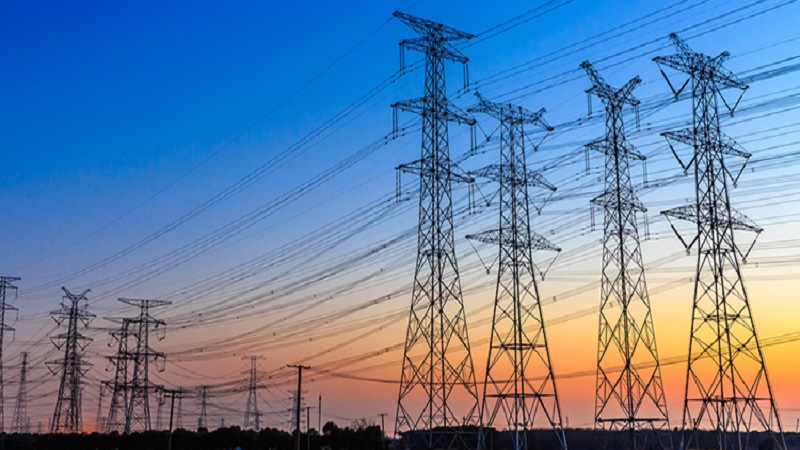In the latest issue of SEE Electricity Market Analysis, published weekly by IENE, a detailed account is presented on how electricity markets performed across SE Europe. The main characteristic of SEE energy markets last week was the almost uniform rise of electricity prices in line with the prevailing European trend.
In the latest issue of SEE Electricity Market Analysis, published weekly by IENE, a detailed account is presented on how electricity markets performed across SE Europe. The main characteristic of SEE energy markets last week was the almost uniform rise of electricity prices in line with the prevailing European trend.
During Week 36, spot electricity prices kept rising across SEE, except Turkey, following similar trends observed also during Week 35. More specifically, spot electricity prices were largely driven by the rising natural gas prices, the soaring European ETS prices, the low hydropower output as well as increased demand in Western Balkans and Central Europe due to rising temperatures. Windpower generation plummeted in SEE, with increased outputs only in Greece and Turkey due to strong wind phenomena affecting the southeasternmost area of SEE in the beginning of the Week, i.e. 6/9 – 8/9. Weekly average spot electricity prices in Central Europe rose by approximately 13 - 18 €/MWh to a range of 125 – 128 €/MWh being affected mostly by the high cost of baseload generation. Respectively in SEE spot electricity prices followed the European trend and rose to the range of 123 – 128 €/MWh, with the Italian spot market exhibiting higher electricity prices which averaged 138.8 €/MWh, the highest in Europe, while in the Bulgarian market spot electricity prices were kept lower at a weekly average of 116.46 €/MWh by the competitive lignite-fired power generation.
During Week 36, temperatures rose slightly across the Balkan region and Italy driving electricity demand moderately upwards. Contrary to that, electricity consumption fell notably in Greece and Turkey, by 12.04% and 3.65% respectively following a sharp decrease in temperatures in the beginning of the week. A lower decline in demand was observed in Bulgaria where consumption receded by 1.39%. Most notably for Greece and Bulgaria consumption fell to a 12-week low at 923 GWh (-12.04% or -126.31 GWh w-w) and 632.39 GWh (-1.39% or -8.9 GWh w-w) respectively.





